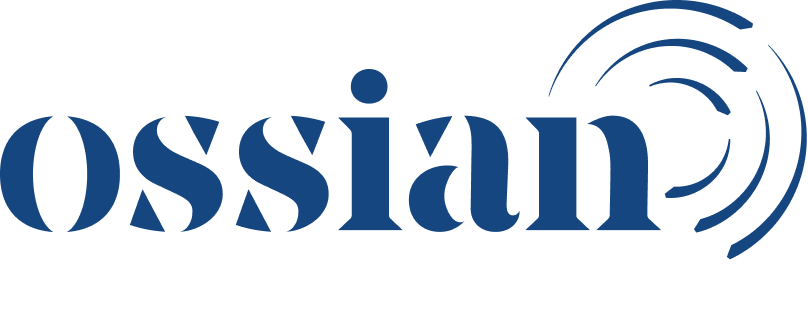Why landowner & occupier engagement matters to Ossian
Georgina Winfield, Land Manager, SSE
While offshore wind turbines may sit miles offshore, delivering the energy they generate to homes and businesses involves crucial infrastructure on land - and this is where landowner and occupier engagement becomes pivotal.
At the heart of any successful infrastructure project is a clear and constructive relationship with the people most directly impacted. For offshore wind farms, that means the landowners and occupiers whose property might be required for cable corridors, substations, or survey access.
Georgia Winfield, Land Manager, SSE
Engaging landowners and occupiers early in an offshore wind farm project is crucial in developing those relationships and for project delivery. It allows the project team to understand current land use, identify potential constraints, and gain insights that desktop research alone can't provide. These early conversations help to accommodate landowner and occupier requirements where it is possible to do so and therefore reduce impact, refine site selection and the proposed cable corridor.
Initial engagement typically begins with a landowner questionnaire to confirm ownership and contact details. This is followed by meetings and requests for survey access through license agreements - first for non-intrusive surveys ie ecological and later for more intrusive ground investigations. Where agreement isn’t possible within a reasonable negotiation window, the project may reluctantly move forward via statutory access under Section 172 of the Housing and Planning Act 2016. This is regarded as an absolute last resort with the primary aim always to reach voluntary agreements with landowners and occupiers.
The consultation process supports the legal and planning phases, including identifying who needs to be consulted during statutory consultation and latterly negotiations to attempt to secure the necessary land and rights to deliver the project through voluntary agreements. Consultation is just as much an opportunity for landowners and occupiers– a chance to ask questions, raise concerns, and influence how the project interacts with their land.
As a project team, we are aware of the challenges facing landowners and occupiers which include project fatigue and confusion caused by the volume of communications from multiple developments. There also might be concern among landowners and occupiers that communicating with projects or signing an early agreement signals support for the project, even if they have reservations.
The project works with multiple experts to assist with landowner and occupier engagement. Communication is key to navigating the DCO process with landowners and occupiers who may not have had previous experience with these types of projects. Land agents are also brought in by landowners and occupiers to act as intermediaries between them and the project, helping to understand the process, communicate project details, and support financial compensation discussions. To support this, the project pays the reasonable fees of land agents, ensuring landowners and occupiers can access independent advice throughout the process.
While the project team aims to be transparent, they are sometimes limited by the stage of development and the need for internal processes to conclude before final information is shared. This could often be interpreted as a project proactively hiding its plans, however, the reality is that the project is seeking to strike the right balance between providing meaningful updates and sharing design information that has not yet matured.
Early and constructive engagement isn't just best practice - it’s essential for keeping projects on time and avoiding complications. Understanding who has an interest in land is essential to ensuring all stakeholders have the opportunity to feed back to the project during consultation.
How we communicate with stakeholders continues to evolve as we listen to the feedback and develop the project. Meaningful land engagement supports coordination and landowner and occupier requirements, helps de-risk the project, improves design by incorporating local feedback, and assists with timely project delivery.

